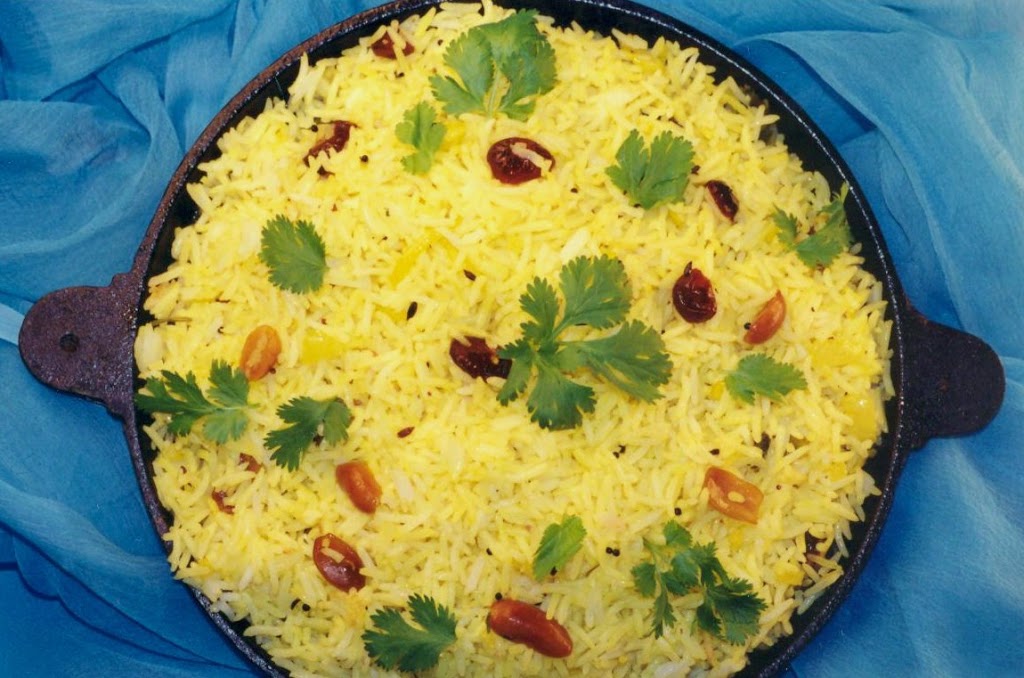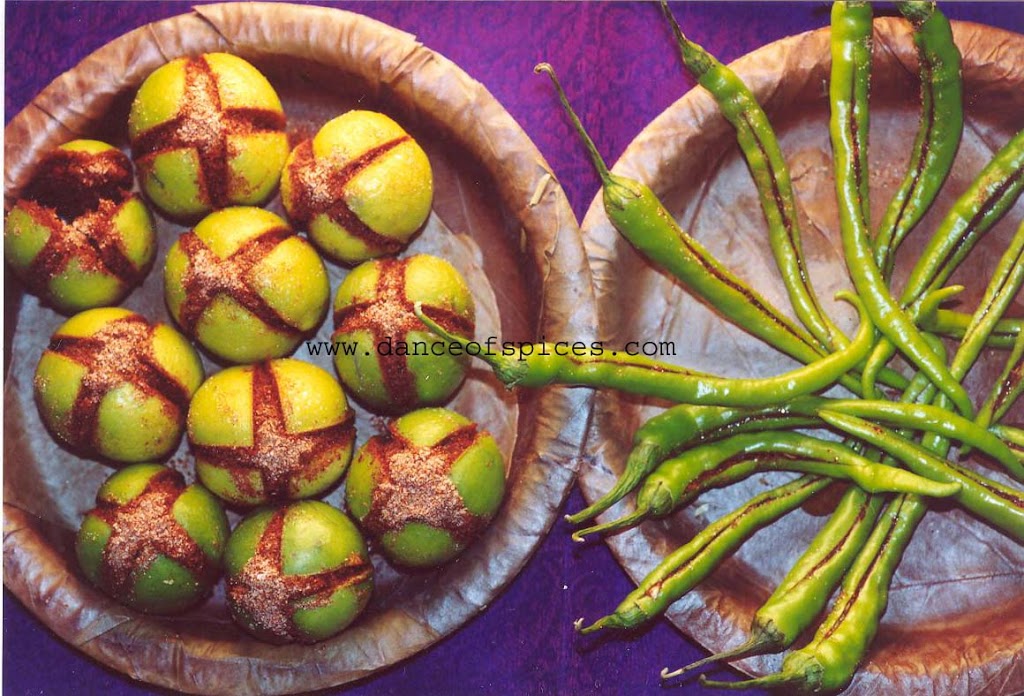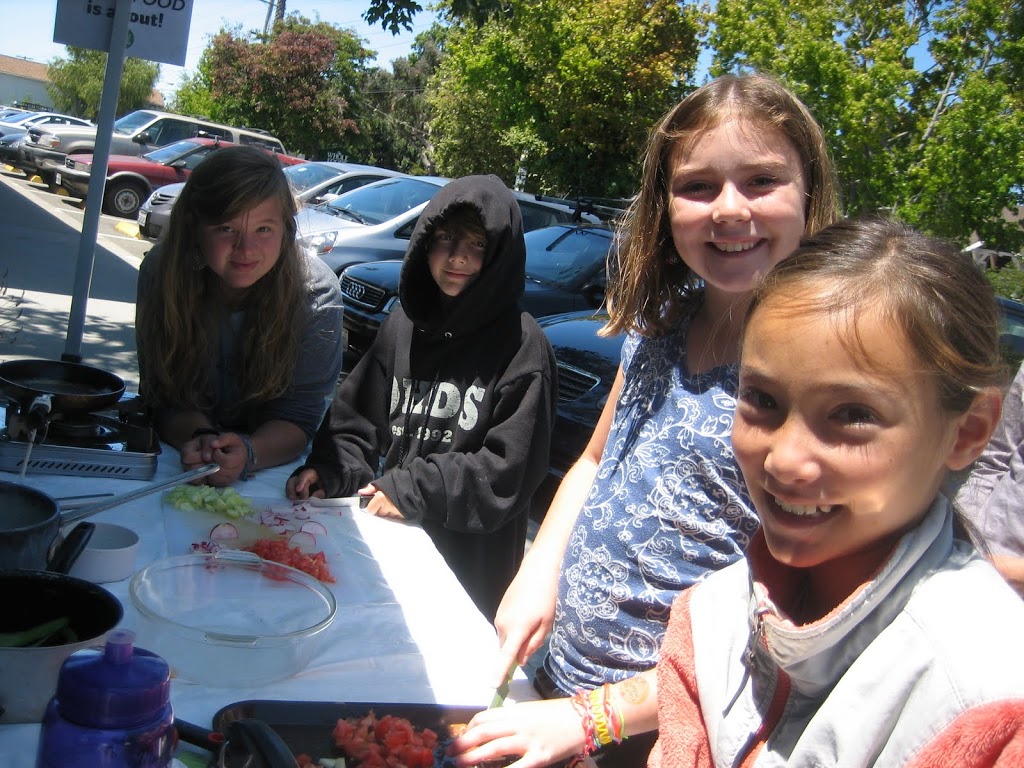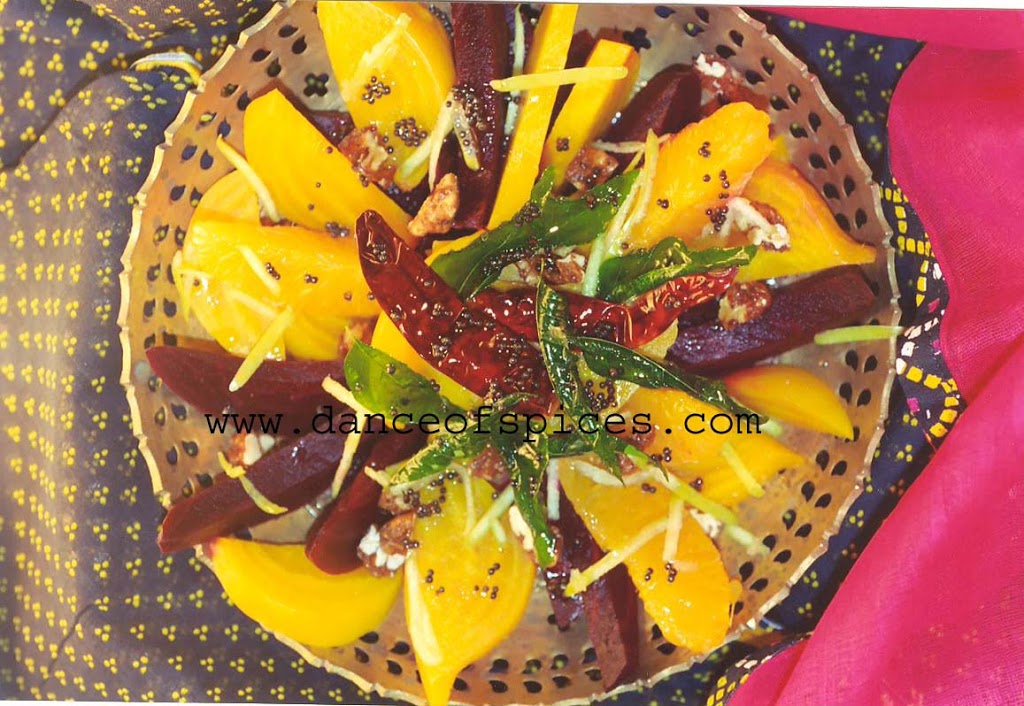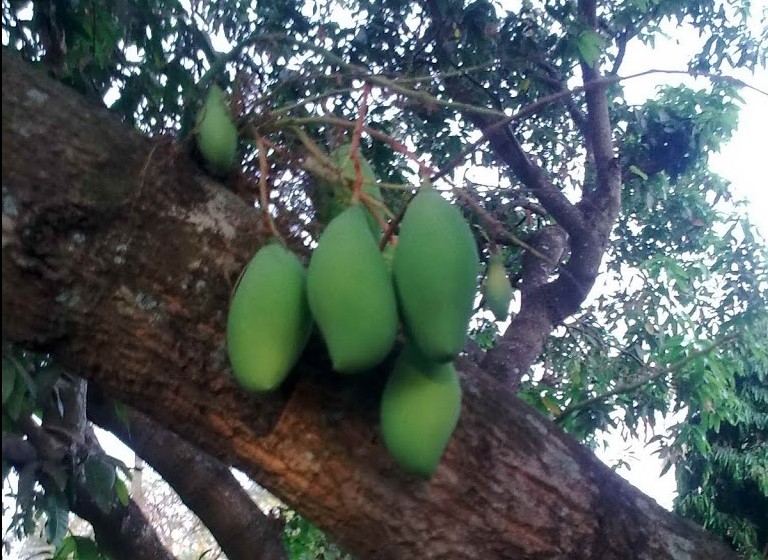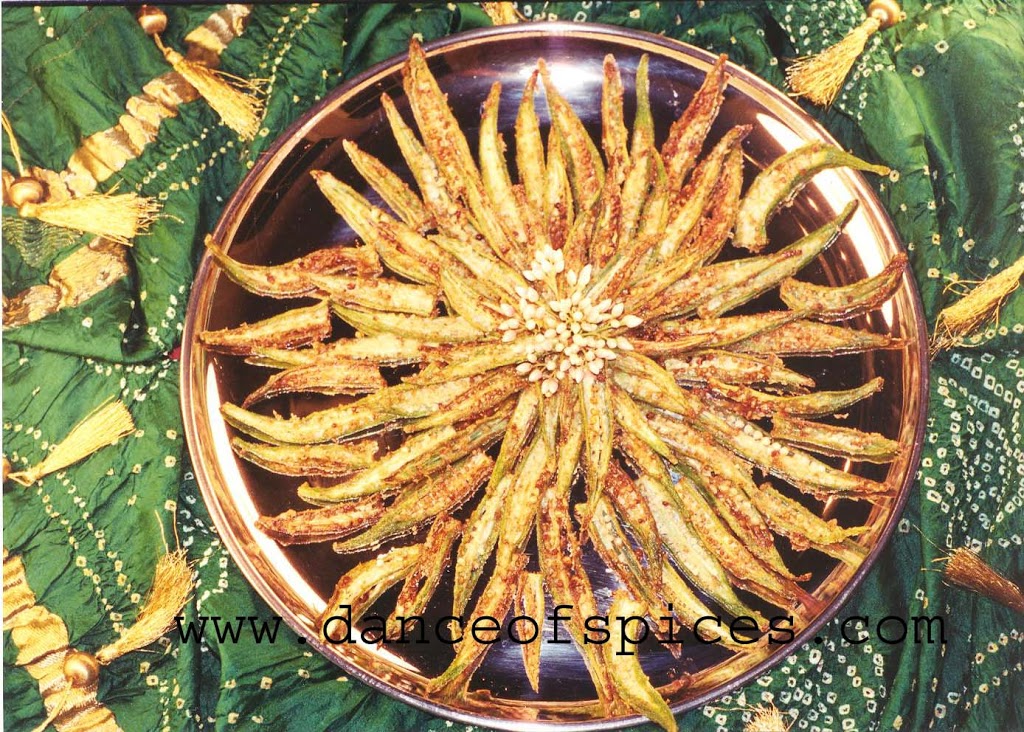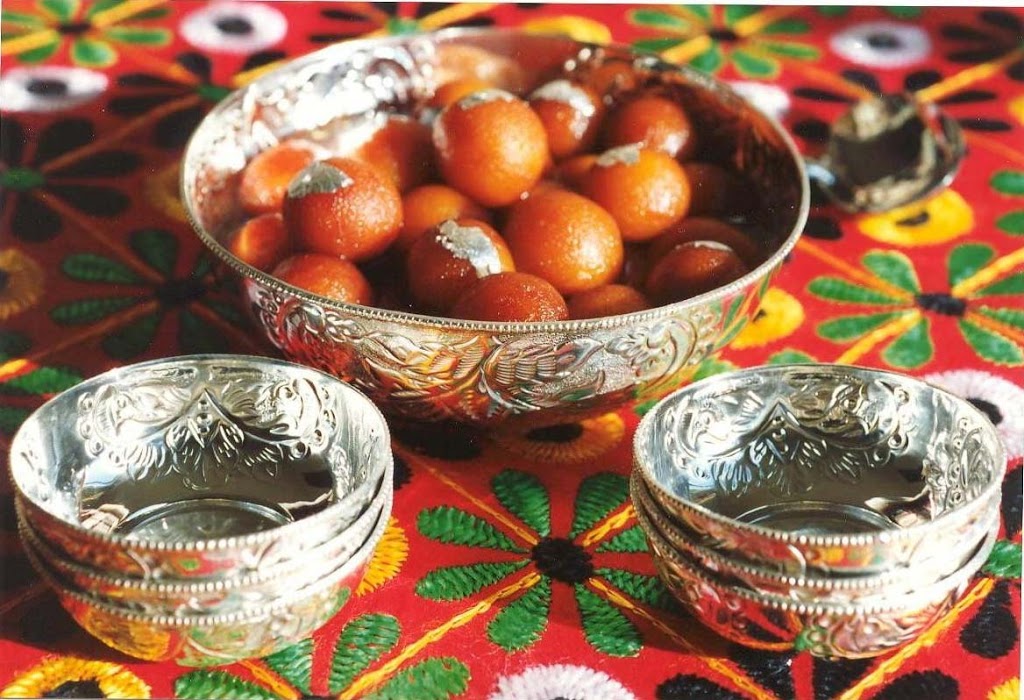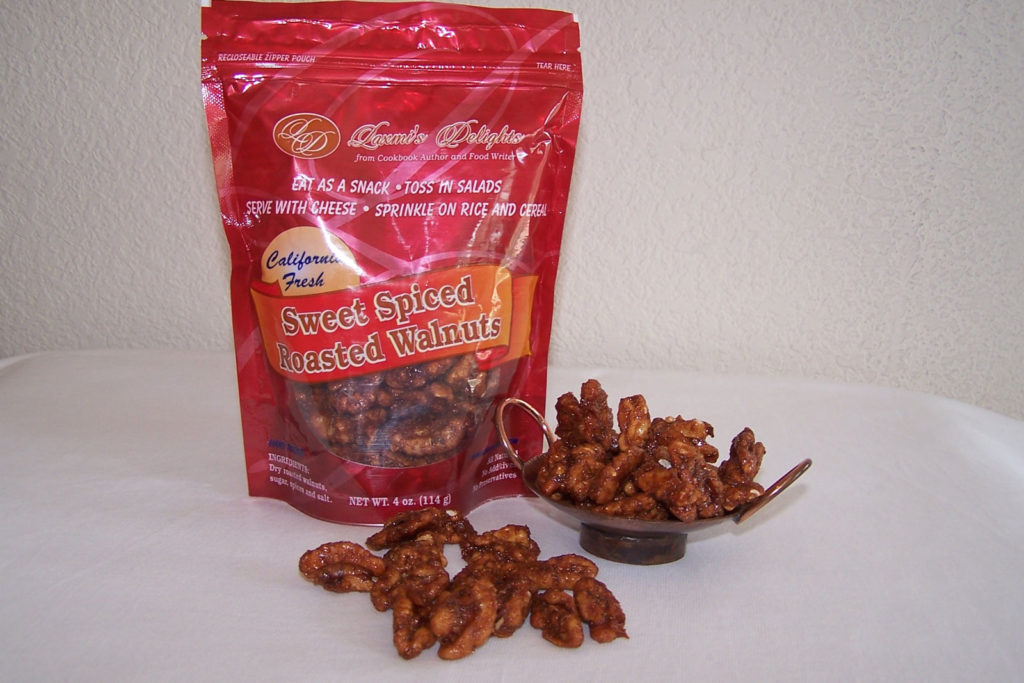Crostini with Flaxseed Spread
1 baguette, sliced 1/4-inch thick ½ cup olive oil, optional ¼ cup any of our Flaxseed Spreads 4 oz goat cheese Place sliced baguette on baking sheet and brush with the olive oil if desired. Place pan in preheated 325° […]
Crostini with Flaxseed Spread Read More »


